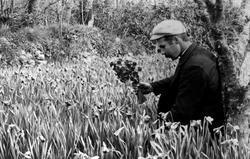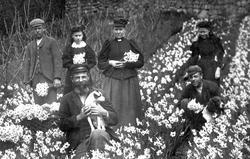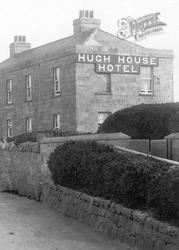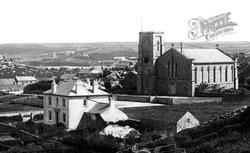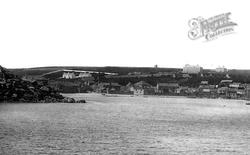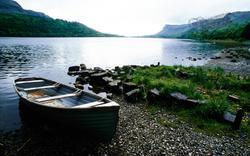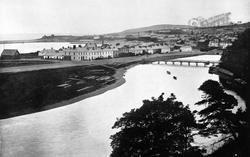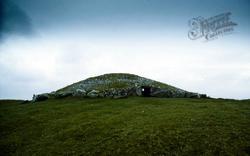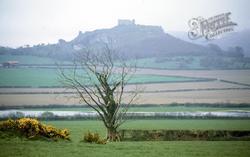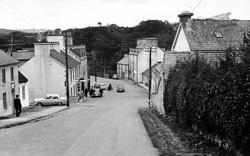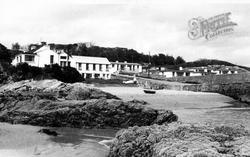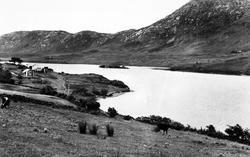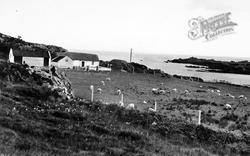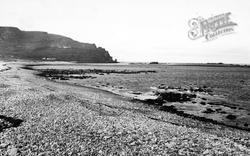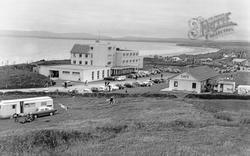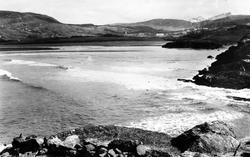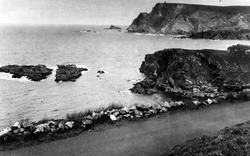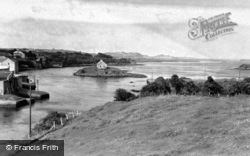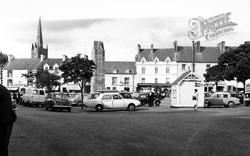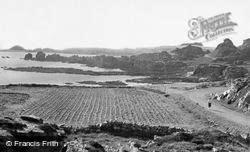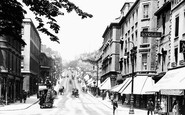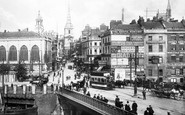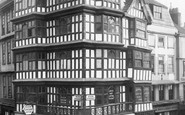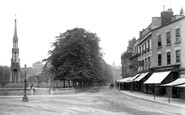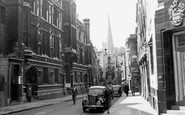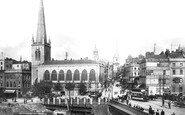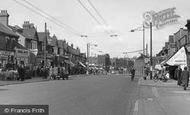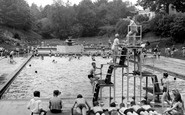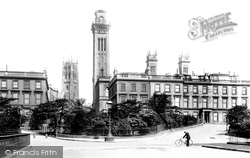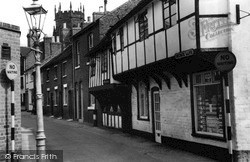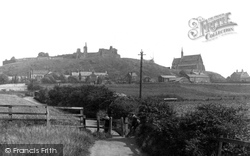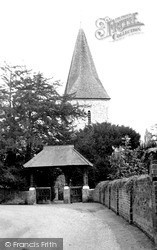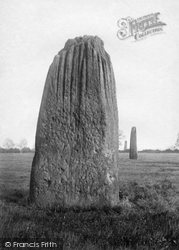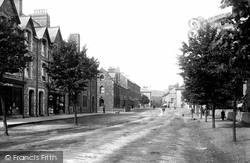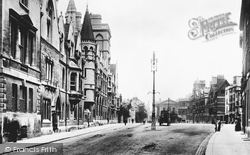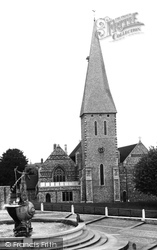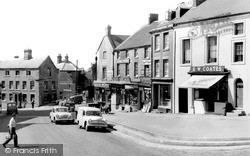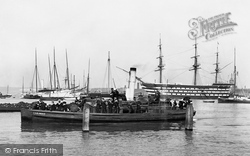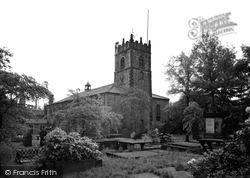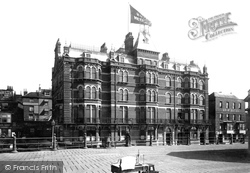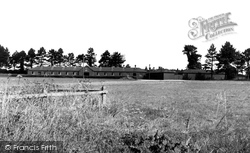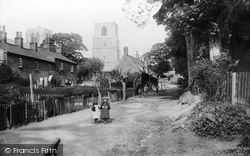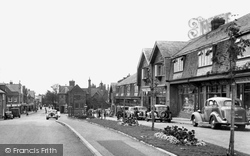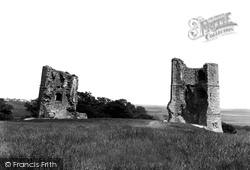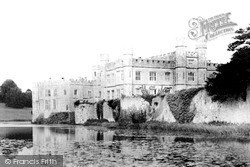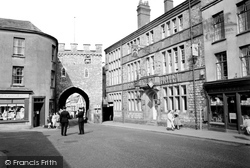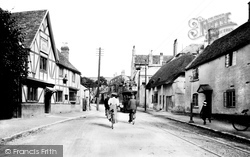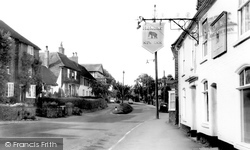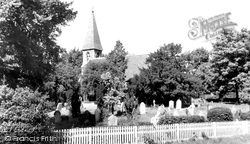Places
36 places found.
Those places high-lighted have photos. All locations may have maps, books and memories.
- Shanklin, Isle of Wight
- Ventnor, Isle of Wight
- Ryde, Isle of Wight
- Cowes, Isle of Wight
- Sandown, Isle of Wight
- Port of Ness, Western Isles
- London, Greater London
- Cambridge, Cambridgeshire
- Dublin, Republic of Ireland
- Killarney, Republic of Ireland
- Douglas, Isle of Man
- Plymouth, Devon
- Newport, Isle of Wight
- Southwold, Suffolk
- Bristol, Avon
- Lowestoft, Suffolk
- Cromer, Norfolk
- Edinburgh, Lothian
- Maldon, Essex
- Clacton-On-Sea, Essex
- Felixstowe, Suffolk
- Norwich, Norfolk
- Hitchin, Hertfordshire
- Stevenage, Hertfordshire
- Colchester, Essex
- Nottingham, Nottinghamshire
- Bedford, Bedfordshire
- Bury St Edmunds, Suffolk
- Aldeburgh, Suffolk
- St Albans, Hertfordshire
- Hunstanton, Norfolk
- Chelmsford, Essex
- Bishop's Stortford, Hertfordshire
- Peterborough, Cambridgeshire
- Brentwood, Essex
- Glengarriff, Republic of Ireland
Photos
11,145 photos found. Showing results 1,941 to 1,960.
Maps
181,031 maps found.
Books
442 books found. Showing results 2,329 to 2,352.
Memories
29,068 memories found. Showing results 971 to 980.
Personal Recollections
From age 11 to 16 I lived in Station Town from 1950 to 1955, at 2 Rodridge Street,( now thankfully the street has been demolished). When I saw the old photograph of the Main Street it was mostly as I remembered it. Booth's ...Read more
A memory of Wingate by
Park Street , Bristol Bs1
My, how Bristol's once prestigious Park Street has changed. The picture from a hundred years ago shows just what a graceful place it was to shop in those Edwardian days of long ago. Strolling up, on the left, one could ...Read more
A memory of Bristol by
Bombing Raids In 1940
Bristol's premier shopping centre was turned into a wasteland of burned out buildings after major bombing raids in 1940, during the Second World War. Bridge Street Summary Bridge Street ran from High Street, rising up a ...Read more
A memory of Bristol by
Dutch House
The Dutch House - this 17th century building once stood on the corner of Wine Street. It was reduced to a charred skeleton during the Second World War and for safety's sake it had to be pulled down. The Dutch House was Bristol's ...Read more
A memory of Bristol by
Tales Of College Green
This shows College Green and its grand posh upmarket shops, at a time in the past when parking wasn't a problem. Many famous people lived round the Green over the years including Mary Robinson; actress and mistress of the ...Read more
A memory of Bristol by
St John's Gate Broad Street
St John's Gate in Broad Street in Bristol is the only surviving medieval city gateway, at one one time there were seven gates into the old city. Fortified gateways pierced the town wall at intervals. St John's Gateway, ...Read more
A memory of Bristol by
Bristol Blitz
The High Street - the scene of many stirring events in Bristol's history and the heart of the city - was destroyed and lost forever during the Second World War. As a city with docks and industry at its heart, Bristol was a natural ...Read more
A memory of Bristol by
Childhood In The Early 1950s
I lived in Gwespyr through the 1950s and have many happy memories, going to Picton primary school, being part of annual carnival, friends like Gareth Hughes, Roy Dowings, and not to forget Harry Thomas, our local ...Read more
A memory of Gwespyr
The Mount In The Early 1970s
I went to see 'The Jungle Book' in the Odeon and remember the restaurant opposite - dead posh. I worked in the tiny TESCO supermarket which was opposite Rossis. In the 1970s Rossis was a mecca for teenagers as ...Read more
A memory of South Harefield by
'up The Baths'
I remember being 'taught to swim' here, by the teachers at the board school. We were stood at the poolside, only up to the black line, then summarily being to "Jump!". If that failed, we were helped in by the boot of 'Danny' Davis or ...Read more
A memory of Brynmawr in 1965 by
Your search returned a large number of results. Please try to refine your search further.
Captions
29,395 captions found. Showing results 2,329 to 2,352.
This photograph, looking towards The Nook, highlights the frustration of what could have been.
Glasgow boasts one of the world's finest municipal collections of art, now housed at Kelvingrove.
Church Lane has always been one of the most attractive parts of Stafford. Legionnaire's Disease The most notorious misfortune to affect 20th-century Stafford occurred in April 1985.
Here we have a general view of Halton and its castle from the west. The castle was built by the new Norman lord of the manor of Halton, Nigel Fitzwilliam, in around 1071.
The parish church of Clewer village, now part of Windsor, St Andrew’s retains its village character in its old traditional setting.
The Devil's Arrows is nowadays composed of three stones. They stand in North Yorkshire, close to the A1: it is one of the most famous prehistoric monuments in the county.
Redevelopment of the Parade started c1870. Lime trees were planted in the 1880s to start the Avenue.
Two of Oxford's most famous colleges, Trinity and Balliol, stand on the left side of Broad Street, famous for its bookshops, among which is Blackwell's.
William Julian Courtauld, of Pennypot in Halstead, gave this fountain to the town of Braintree in memory of King George V.
The steeply-sloping cobbled Market Place in the centre of Wirksworth was the centrepiece of the restoration of this former lead mining town, which won a Casa Nostra award in the 1980s.
Here we see one of the unsung heroes of the Fleet.
The trees soften the box-like lines of the church, and the well-filled graveyard contains many monuments to the people of Accrington.
The impressive facade of the Hotel Metropole, with the Ship Hotel next door, faced the end of the Jetty to greet the thousands of holidaymakers who travelled down on the paddle steamers.
slope of the chalk country.
Maidstone was the head of navigation of the Medway for centuries. This was because the river's upper reaches were crowded with fisheries and mills that impeded navigation.
A quiet lane on the fringes of the town. Washing dries in the breeze in the gardens of plain, mellow cottages.
The centre of Heswall was originally much closer to the shoreline, probably in the area around Village Road and St Peter's Church, but the advent of Telegraph Road - the A540 - has moved the commercial
By building a new castle at Carlisle, William Rufus was cutting what was left of ancient Cumbria in two.
Construction of Hadleigh began in the 13th century, when Baron Hubert de Burgh was granted a licence to build.
Built on the site of a 9th-century royal manor house, Leeds Castle became a royal fortress on the accession of Edward I.
The Town Gate, rebuilt many times over the life of the town, has had many uses; at one time tolls were collected here for all manner of goods and livestock.
Prestbury lies under the great bluff of Cleeve Hill, the destination of the tram, not the only mode of Edwardian travel in this photograph!
The pretty village of Elham, at the heart of the valley of that name, is clustered around its market square and this High Street, lined with buildings from several periods.
In the 12th century Friern Barnet belonged to the Hospital of St John of Jerusalem, and the church, notwithstanding extensive mid 19th-century additions, dates from around that time.
Places (6814)
Photos (11145)
Memories (29068)
Books (442)
Maps (181031)


